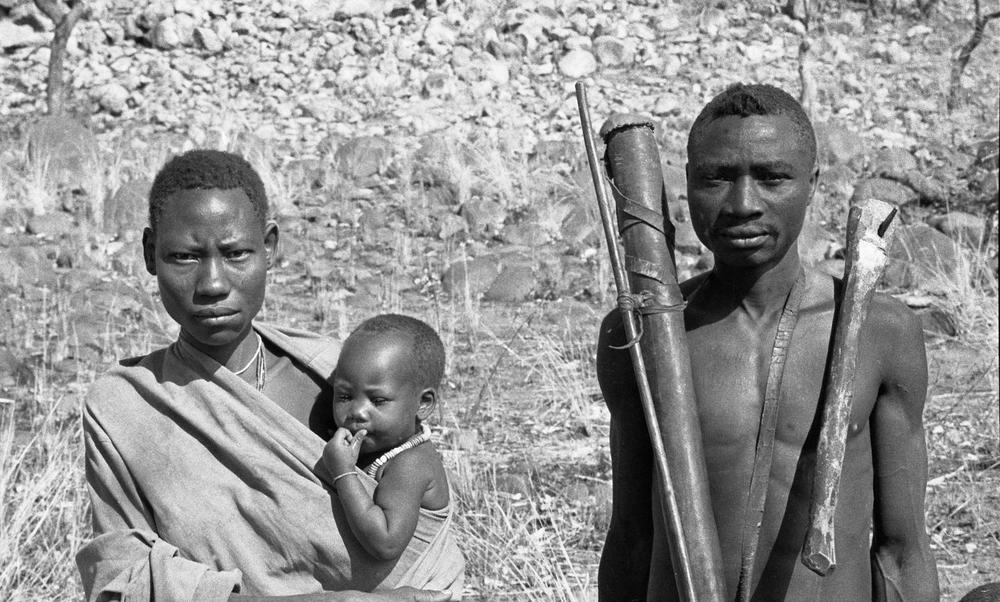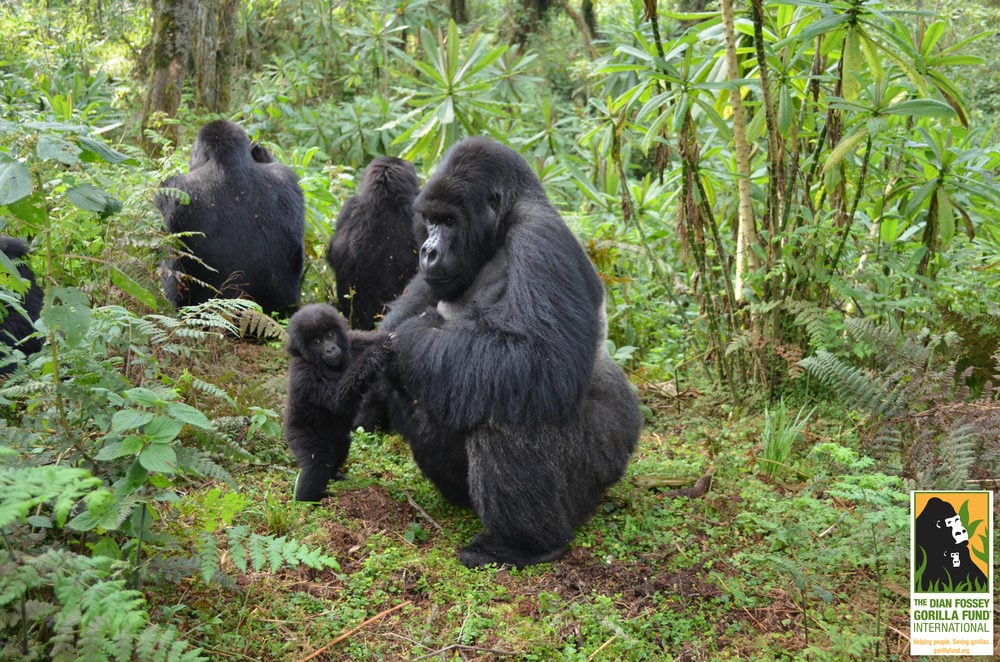Journal Article
Amanda Tan is a PhD candidate at Nanyang Technological University in Singapore. She was awarded a Leakey Foundation research grant in the spring of 2013. Here is a summary of her team’s recent paper in PLOS ONE.
Researchers Catalog Variation in Stone-Tool Use by Burmese Long-Tailed Macaques
Burmese long-tailed macaques living on islands in southern Thailand use 17 different action patterns in their use of stone tools to crack open seafood.
Since 2007, a group of researchers including Leakey Foundation grantee, Amanda Tan, has been documenting variation in the tools and action patterns used by a population of coastal-living Burmese long-tailed macaques in southern Thailand, under an 8-year field project led by Michael D Gumert from the Nanyang Technological University, Singapore. These macaques use stone and shell tools to crack open a wide variety of marine bivalves, gastropods, and crustaceans, as well as plant seeds. Their findings are described in the journal PLOS ONE.
To identify variation in how the macaques used tools, the researchers collected and analyzed videos of over 600 instances of tool use from 90 macaques in populations on Piak Nam Yai and Thao Islands, in Laem Son National Park Thailand. They found that the macaques used different parts of stone and shell tools: the flatter faces and edges, and the sharp points. They then catalogued a total of 17 different action patterns in macaque tool use, which varied in hand use, posture, and striking motions. They also observed over 100 macaques on Piak Nam Yai Island’s costs at over 3000 time points to determine what proportion of the population used each action pattern, and how often.
They found that 80% of the macaques used tools, each using between one and four different action patterns. Most commonly, the macaques used one-handed hammering with the points of smaller tools to crack open oysters that grew on rocks, and used one- or two-handed hammering with the faces and edges of larger tools to crack unattached shellfish that had to first be placed on anvils. Some of the macaques however, used rare or idiosyncratic action patterns. All action patterns can be viewed in a video published with the article, and on PLOS’s Youtube channel.
Burmese long-tailed macaques are the most recent addition to the small group of nonhuman primates known to use stone tools in the wild, which had previously comprised of only some populations of West African chimpanzees, and robust capuchins of South America. Compared to the nut cracking behaviour of capuchins and chimpanzees, there seems to be much greater variation in the use of different tool surfaces and striking actions in the use of stone tools by macaques.
At least some of the variation is due to the unique food types that these macaques process with stones. Macaques are the only species to regularly process oysters that grow on rocks, and these oysters require different processing techniques from the nuts that are cracked by chimpanzees and capuchins. Since oysters cannot be moved and placed on flat anvils, the macaques must chip them open with precision from different striking angles depending on the surface on which the oyster grows. As a result, the macaques have developed axe hammering, or using the sharp points of stones to chip open food items, which has not been observed in other species.
Cataloging the tools and actions involved in macaque tool use thus raises new questions about tool technologies and cultures in the primate lineage that can be explored with future study. By answering questions about how different action patterns develop and are influenced by environmental constraints and learning processes, we can gain a better understanding of how technology and culture evolves in species living in different environments, with different social systems.
Click here to read the journal article on PLOS ONE.


